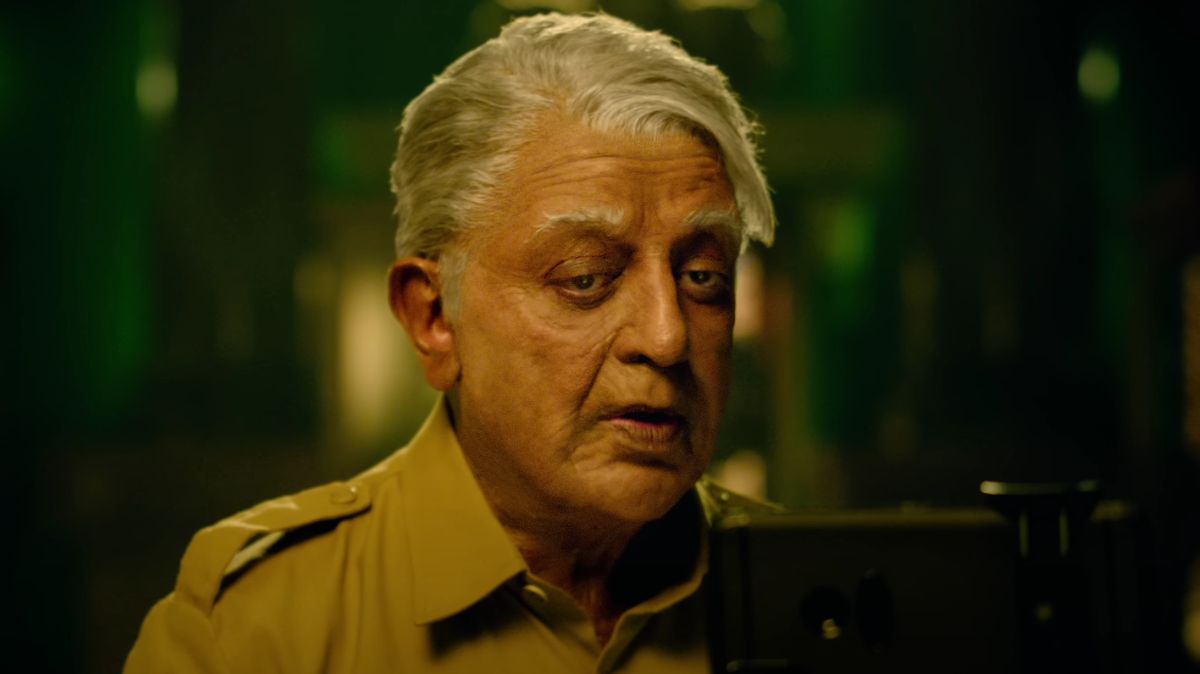In the annals of Indian cinema, few films have generated as much anticipation and intrigue as the sequel to Shankar’s 1996 classic, “Indian.” The original film, featuring Kamal Haasan as the indomitable Senapathy, a vigilante on a mission to eradicate corruption, was both a critical and commercial success. It left a lasting legacy with its powerful narrative and complex protagonist. Naturally, expectations were high for “Indian 2,” but the sequel struggled to live up to its predecessor’s acclaim. Here’s an exploration of why “Indian 2” failed to resonate with audiences and critics alike.
The Challenge of Repurposing Senapathy
One of the primary challenges for “Indian 2” was updating Senapathy for today’s world. In the original, Senapathy’s unshakeable extremism and zero tolerance for corruption were clear and impactful. His motivations were understandable in the context of the 1990s India. However, translating this character to the present day proved difficult. The socio-political landscape has changed significantly, and the ways in which people engage with issues like corruption and the rich-poor divide have evolved. In “Indian 2,” Senapathy’s speeches and actions often felt out of place, almost like a relic from a bygone era, failing to inspire the same level of engagement and empathy.
A Diminished Emotional Core
In “Indian,” Senapathy was a character driven by deep personal loss and a sense of duty. His transformation into a vigilante was rooted in his experiences and the emotional scars he carried. The sequel, however, glosses over these personal elements, opting instead for a more detached portrayal of Senapathy. The emotional depth that made the original character relatable and compelling is noticeably absent. Scenes that should have carried emotional weight fell flat, and Senapathy’s interactions often felt hollow and disconnected. His lack of visible grief or introspection regarding his past actions and their consequences further alienated viewers who were expecting a nuanced exploration of his psyche.
Misguided Depictions of Vigilantism
The way vigilantism is depicted in “Indian 2” is another significant misstep. In the original film, Senapathy’s actions, though extreme, were portrayed with a certain gravitas and moral ambiguity. In contrast, “Indian 2” veers into the realm of caricature. Senapathy’s executions are portrayed in a manner that borders on the absurd, diminishing the seriousness of his mission. This shift in tone undermines the character’s integrity and the film’s overall message. Instead of invoking fear and contemplation, the film’s depiction of violence often elicits unintended laughter, which detracts from the narrative’s impact.
Lack of Socio-Psychological Commentary
A crucial aspect of the original “Indian” was its incisive commentary on society and its ills. The sequel, however, fails to delve into the socio-psychological dimensions of contemporary India. While it touches upon issues like corruption and moral decay, it does so in a superficial manner. There is a glaring absence of the deep, thought-provoking analysis that characterized the first film. The potential for a rich exploration of how societal dynamics have shifted over the decades is left largely unexplored, resulting in a narrative that feels shallow and unconvincing.
Unconvincing New Characters
“Indian 2” introduces several new characters, including Chitra Aravindhan, played by Siddharth, who brings a fresh perspective to the story. However, these new additions are not given the narrative space to develop fully. Their interactions with Senapathy, which could have been used to highlight the generational and ideological conflicts, are underutilized. The film’s best moments are often those where Senapathy is absent, suggesting that a focus on new characters grappling with the legacy of his actions might have been a more compelling direction for the sequel.
Missed Opportunities and Unanswered Questions
“Indian 2” is riddled with missed opportunities and unanswered questions. The film fails to address fundamental issues about Senapathy’s motivations and the emotional toll of his actions. It doesn’t explore how he copes with his past or what drives him to continue his crusade. Moreover, the film neglects to examine the broader implications of his vigilantism on society. Instead of offering a nuanced exploration of these themes, it settles for a series of disjointed set pieces that fail to coalesce into a coherent whole.
Final Words
“Indian 2” had the potential to be a powerful sequel that built upon the legacy of its predecessor. Unfortunately, it falls short due to its inability to adapt its central character to the modern context, its lack of emotional depth, misguided depictions of violence, and superficial treatment of socio-political themes. The film’s failure to engage with the complexities of its protagonist and the society he inhabits results in a narrative that feels outdated and disconnected. In the end, “Indian 2” serves as a reminder that even the most anticipated sequels must evolve with the times to resonate with their audience.
Trailer:











